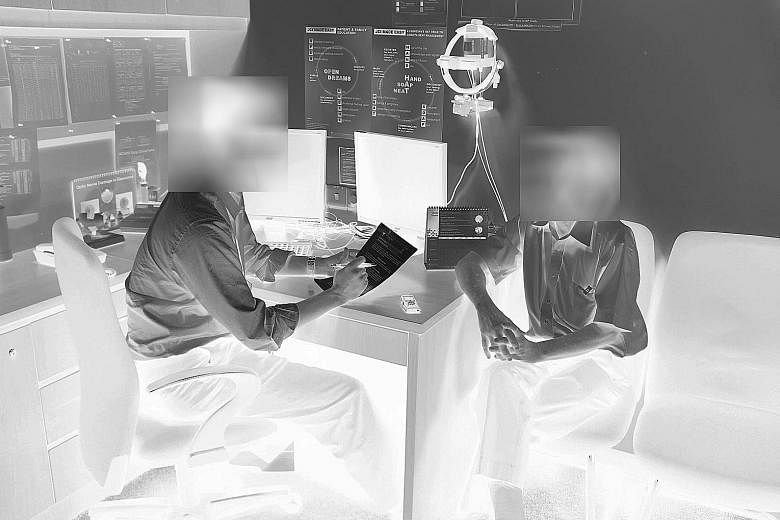For doctors and other medical professionals, interacting with patients can sometimes be more of an art than a science. Communicating effectively and empathetically requires experience, not just medical knowledge.
A new joint study by researchers from the Nanyang Technological University (NTU) and clinicians from Tan Tock Seng Hospital (TTSH) aims to offer a novel approach to improve the human dimension of healthcare - in the form of conversation analysis (CA).
The study was led by Professor Luke Kang Kwong Kapathy and Assistant Professor Lim Ni Eng from the NTU School of Humanities in collaboration with Adjunct Assistant Professor Png Keng Siang, a senior consultant at TTSH's urology department.
CA is a method of studying social interactions by analysing video footage which is transcribed verbatim. It is used in many disciplines like sociolinguistics and anthropology.
From mid-2016 to mid-2018, 150 first-visit consultations at TTSH urology clinics were filmed with the written consent of the patients. The footage was processed to remove personally identifiable information.
These recordings were then transcribed, scrutinised and analysed, said Prof Luke yesterday during a media briefing at TTSH.
Both verbal and non-verbal interactions in the transcripts and footage were analysed - a process that is ongoing - to determine how both the doctor and patient understood their interactions.
The researchers identified recurring scenarios. For example, a doctor would usually recommend a battery of diagnostic tests to determine the cause of a symptom such as the presence of blood in urine.
The researchers found that it was common for patients to express fear or apprehension towards certain procedures.This might be reflected in questions about whether the procedure will hurt, or in non-verbal cues like silence or body language.
By identifying the context of a given interaction and any instances of misunderstanding, the researchers also noted specific points at which doctors could improve their communication with patients or their families and caregivers.
Prof Lim said: "We found that when the doctors pick up on these concerns or fears, they usually try to give the patients even more information, for example, by talking about anaesthetics or risks, or by describing the procedure in detail, but this does not reassure them. The patients are looking for empathy, not just information."
Instead, the doctor could describe how previous patients responded positively to the procedure, he added.
The method used in communication training for medical students and doctors in all three medical schools here typically involves an actor role-playing as a patient in a scripted, simulated scenario.
The CA technique can complement this process and can yield richer insights compared with statistics, surveys or retrospective interviews now used in health communication studies, the team said.



